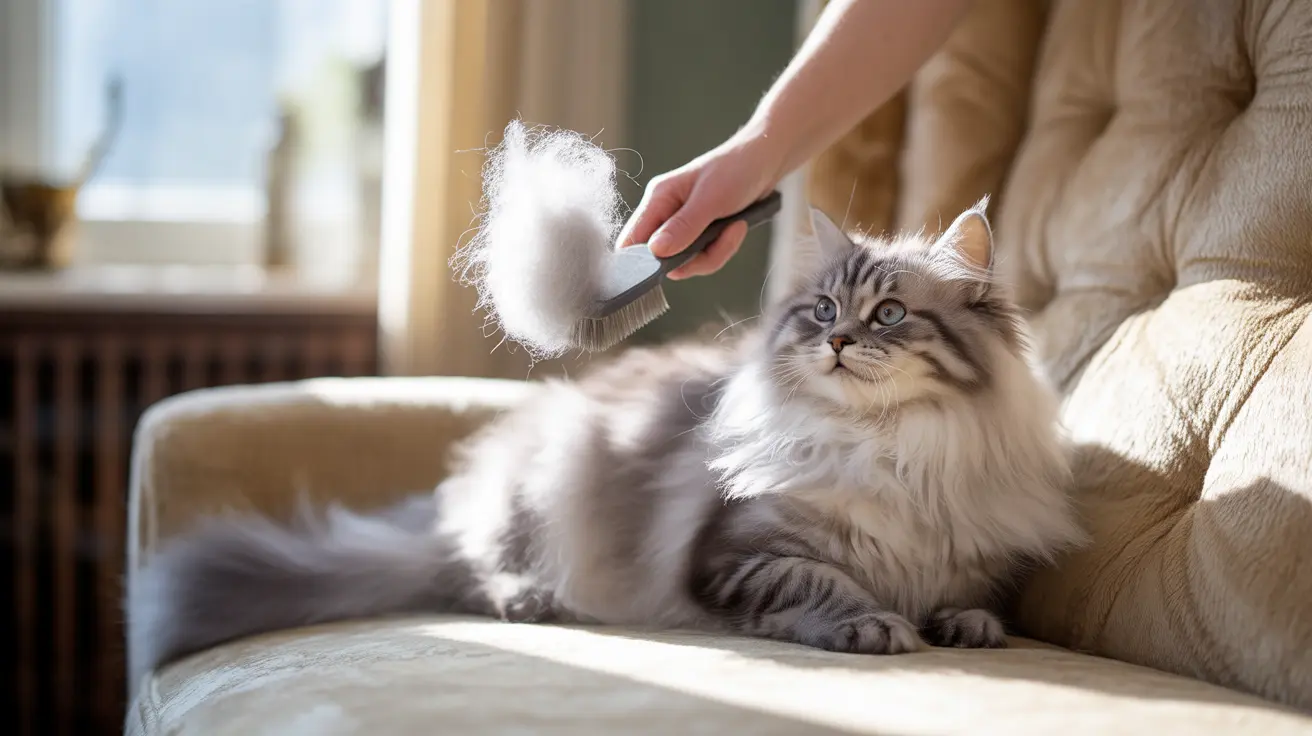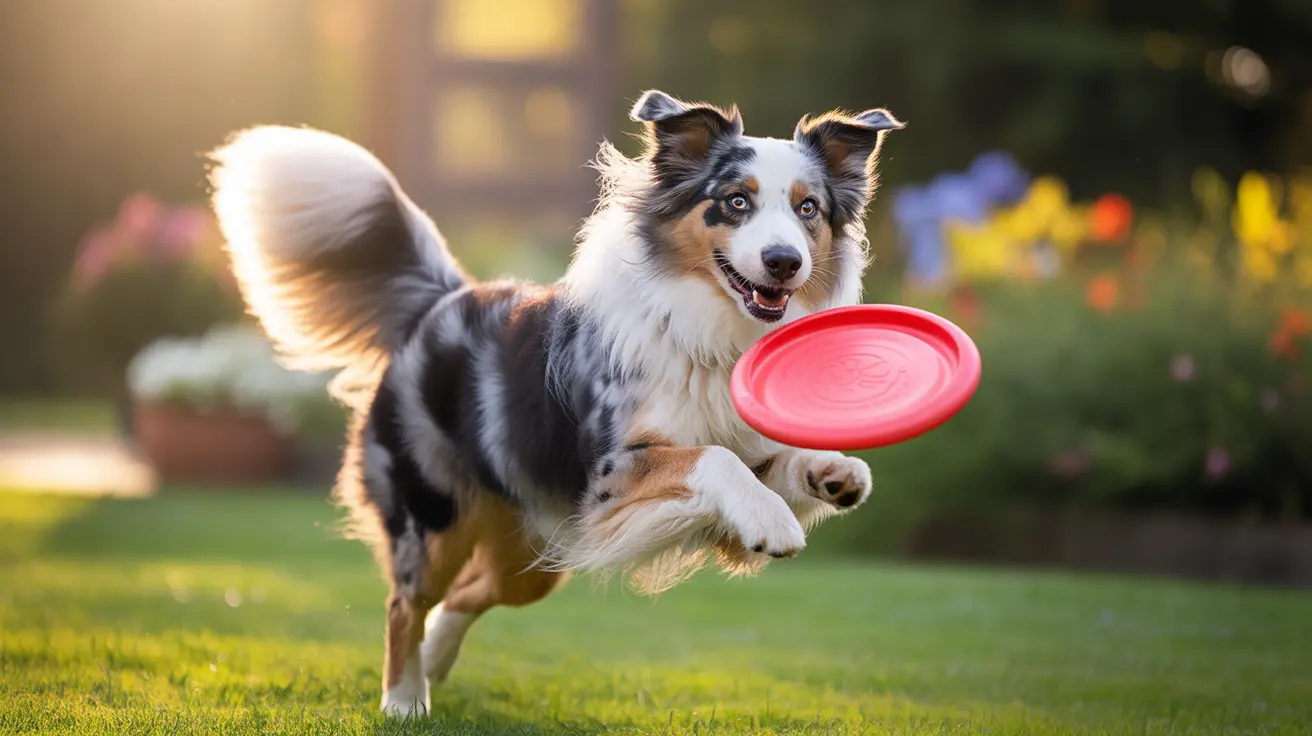Have you ever wondered what your cat is trying to tell you through their various behaviors and gestures? Cats are complex communicators who use a sophisticated combination of body language, vocalizations, and subtle cues to express their needs, emotions, and intentions. Understanding these signals is crucial for building a stronger bond with your feline friend and ensuring their wellbeing.
In this comprehensive guide, we'll decode the mysterious language of cats, helping you better understand and respond to your pet's communications. From affectionate gestures to stress signals, you'll learn to interpret your cat's messages accurately and strengthen your relationship.
Understanding Your Cat's Body Language Basics
Cats use their entire body to communicate, with each part sending specific signals about their emotional state. Let's break down the key components of feline body language:
Ear Positions and What They Mean
Your cat's ears are highly expressive indicators of their mood. Forward-facing ears typically signal interest and contentment, while flattened ears against the head indicate fear or aggression. "Airplane ears" - ears positioned sideways - often suggest uncertainty or mild anxiety.
Eye Communication
A cat's eyes can tell you volumes about their emotional state. Slow blinks are often called "cat kisses" and indicate trust and affection. Dilated pupils might signal excitement or fear, while narrow pupils could mean your cat is stimulated or agitated.
Decoding Tail Messages
Your cat's tail is one of their most expressive features. A tail held high with a slight curve at the tip typically indicates a happy, confident cat. Quick-moving or puffed-up tails usually signal agitation or fear. When your cat wraps their tail around you, they're showing affection and marking you as their own.
Vocal Communications and Their Meanings
Cats have developed a complex vocabulary of sounds specifically for communicating with humans. Different types of meows can indicate various needs:
- Short meows: Usually simple greetings
- Multiple meows: Excited greetings or insistent requests
- Mid-pitch meows: Typically asking for food or attention
- Low-pitched meows: Often expressions of complaint or dissatisfaction
Signs of Affection vs. Stress
Understanding the difference between affectionate behaviors and stress signals is crucial for responding appropriately to your cat's needs. Affectionate behaviors include head-butting, gentle purring, and kneading. Stress signals might include excessive grooming, hiding, or changes in appetite.
How to Respond to Your Cat's Signals
Once you understand what your cat is trying to tell you, it's important to respond appropriately. This builds trust and strengthens your bond. Always respect your cat's boundaries and never force interaction when they're showing signs of discomfort or stress.
Frequently Asked Questions
What does it mean when my cat slowly blinks at me?
Slow blinking is a sign of trust and affection from your cat. Often called a "cat kiss," this gesture indicates that your cat feels safe and comfortable in your presence. You can return this gesture by slowly blinking back at them.
How can I tell if my cat is feeling stressed or scared through its body language?
Signs of stress or fear include flattened ears, dilated pupils, a crouched position, tail tucked close to the body, and hiding behavior. You might also notice excessive grooming, changes in appetite, or unusual aggression.
Why does my cat expose its belly, and should I pet it then?
A cat exposing their belly is primarily a sign of trust, not necessarily an invitation for belly rubs. While some cats enjoy belly rubs, many consider this area vulnerable and may react defensively if touched there. Always respect your cat's individual preferences.
What do different tail movements like twitching or thrashing tell me about my cat's mood?
A gently swaying tail usually indicates interest or curiosity, while rapid twitching or thrashing typically signals agitation or impending aggressive behavior. A tail held high with a slight curve shows confidence and happiness.
How can I recognize if my cat is sick or uncomfortable based on its behavior and posture?
Signs of illness or discomfort include lethargy, changes in posture (such as hunching), hiding more than usual, changes in vocalization, reduced grooming, or changes in eating and drinking habits. Any sudden behavioral changes warrant a veterinary check-up.
By paying attention to these various forms of communication, you can better understand what your cat is trying to tell you and respond appropriately to their needs. This understanding leads to a stronger bond and a happier, healthier relationship with your feline companion.






